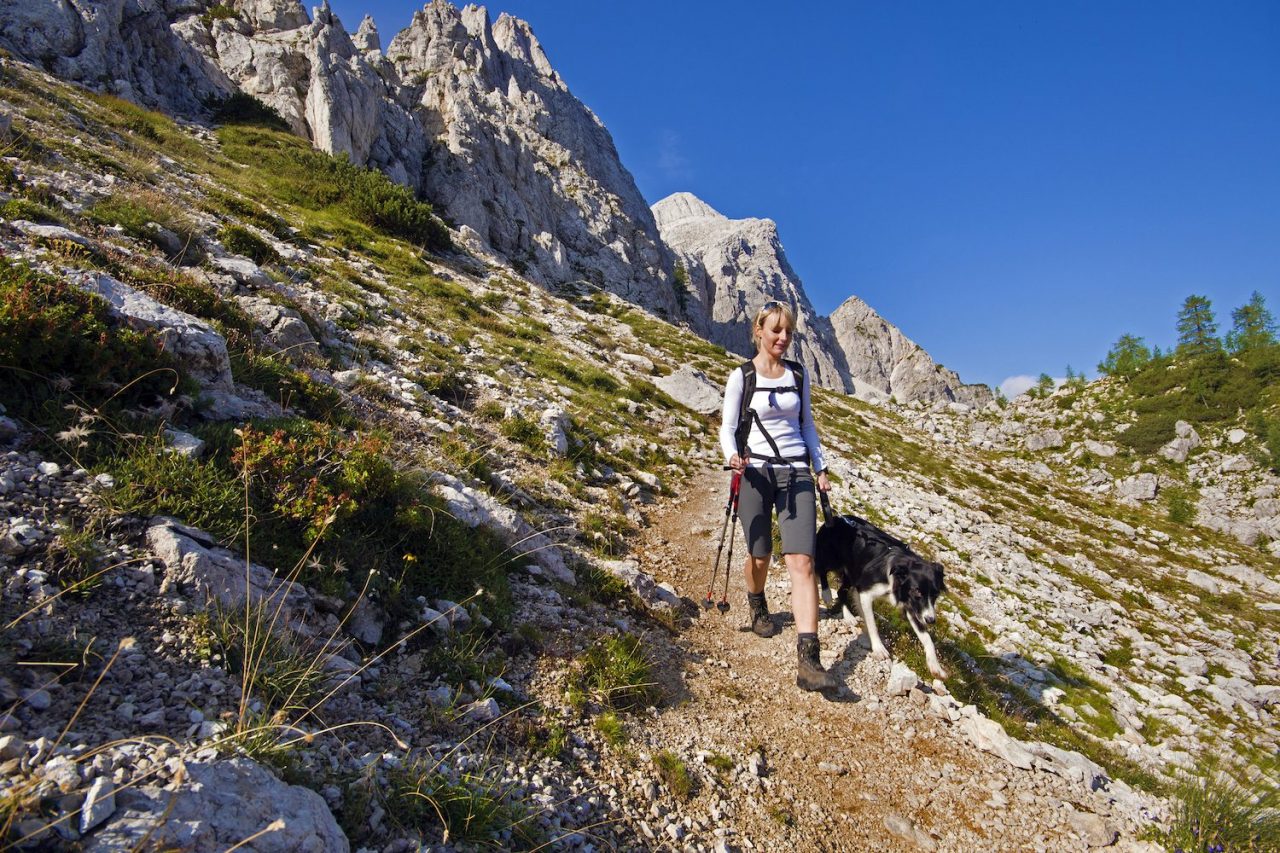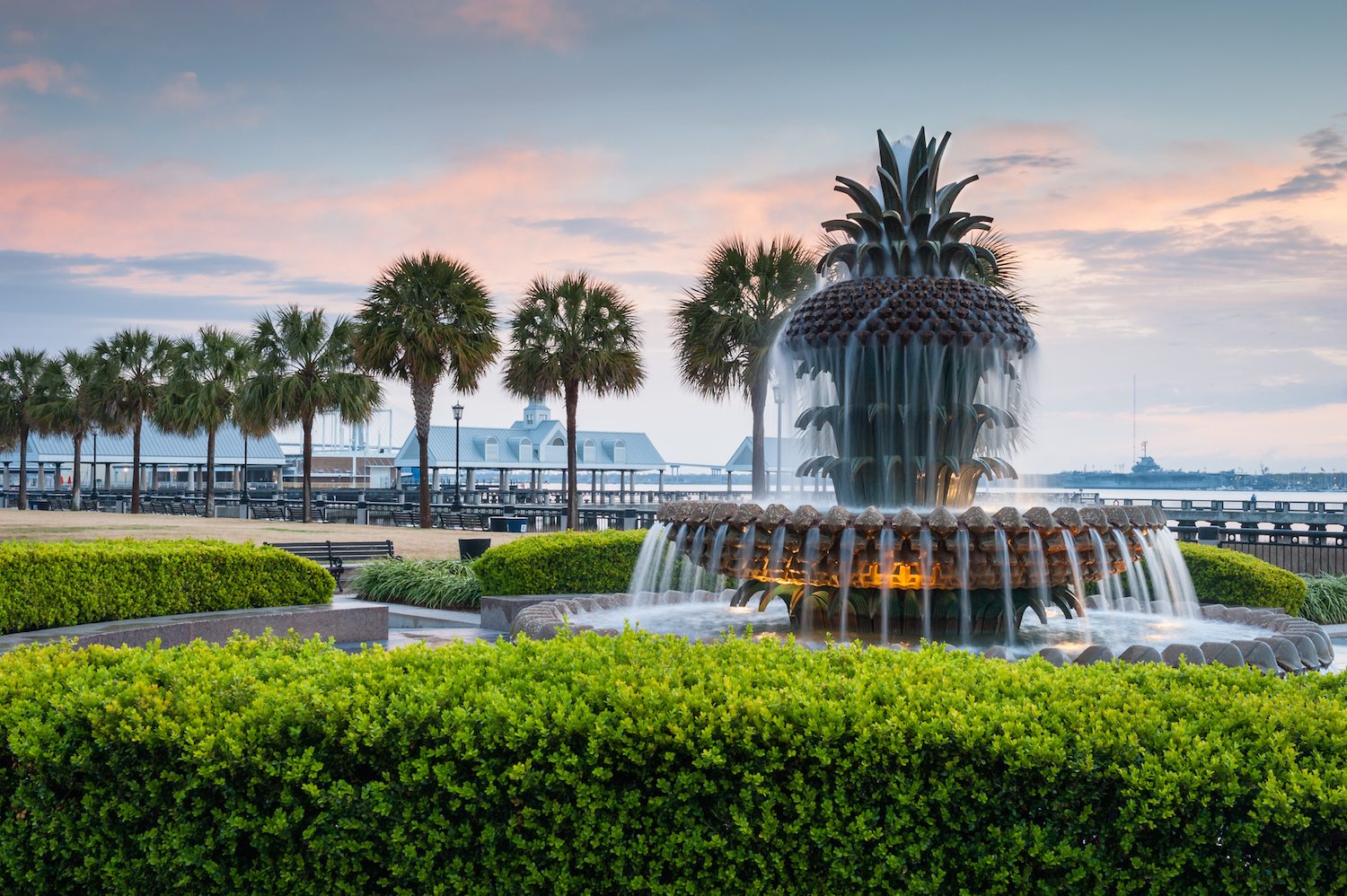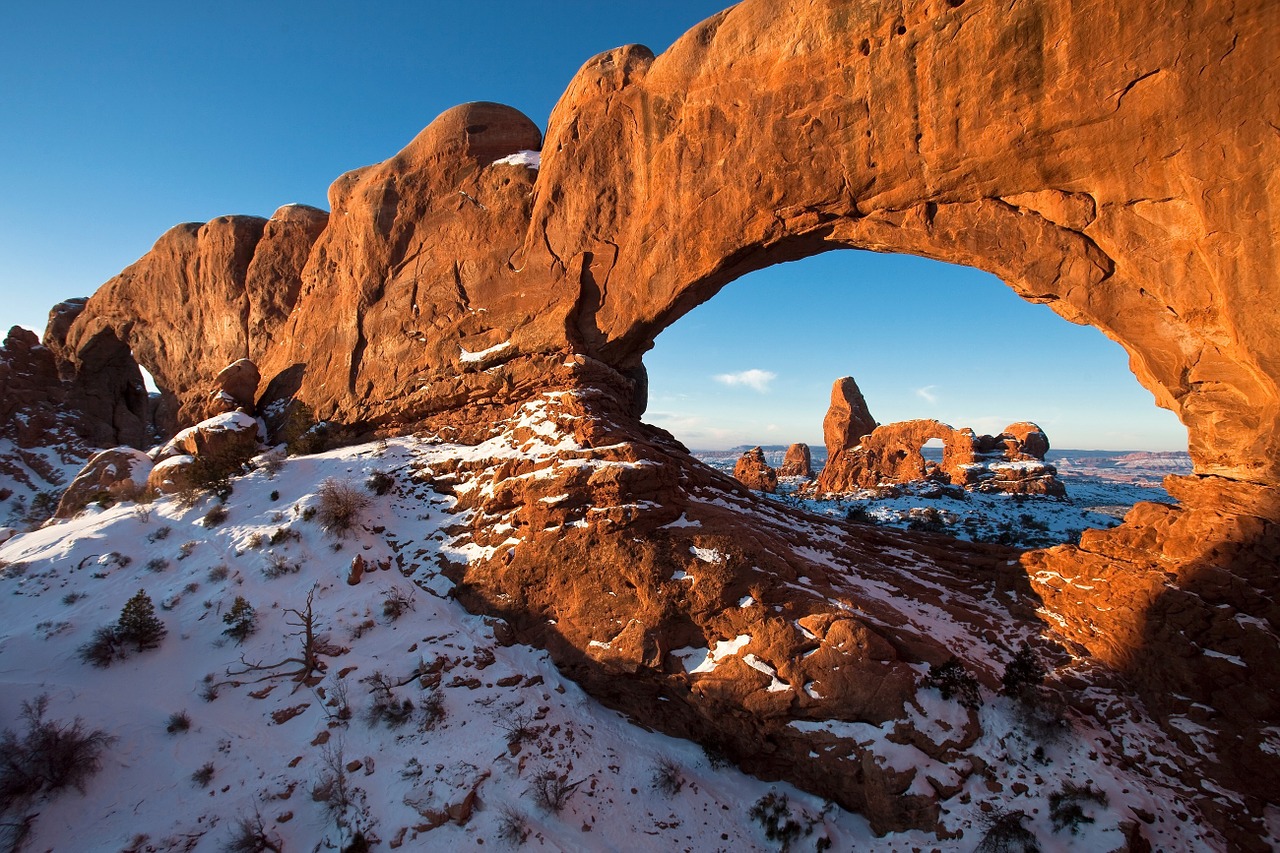Whether you recognize them as commercial vehicles, tractor-trailers or big rigs, you will have to share the road with big trucks. What some people fail to recognize is that drivers of big trucks have limitations in their viewing area that car drivers don’t experience, and you put yourself in danger by not recognizing or allowing for their limitations.
Blind Spots
Blind spots, also known as no-zones, are areas where a truck driver cannot see your vehicle either through side mirrors or the rear-view mirror. Blind spots exist on all sides of big trucks, but most importantly, drivers cannot see directly behind or beside them. Though it is referred to as a spot, a blind spot may be as big as your entire vehicle. You should also never sandwich your vehicle between two tractor-trailers. If the leading trailer should suddenly brake, your vehicle is at risk of running into the back of the first trailer or being pushed into the first trailer by the second trailer. It’s possible that neither vehicle saw you coming or knew you were there.
Aggressive Driving
Aggressive driving is always dangerous, particularly when big trucks are involved. Quickly passing a truck to get ahead of it and then slamming on your brakes and expecting the truck driver to do the same just cant happen. The physics of a tractor-trailer are different and he or she can’t just put the brakes to the floor without causing the truck to jack-knife thus creating a major accident. Practice patience when stuck behind a truck. If he is going slow, then it is for good reason. It’s not worth losing your life for.
Keep Your Eyes on the Road
“Keep your eyes on the road” is a cliché because you really need to be alert to the road as well as other drivers in your vicinity. Needless to say, you should never drive drunk or otherwise intoxicated because it is not likely that you will be able to give the road or other drivers your full attention.
Turning
When big trucks need to turn, particularly in urban areas or in areas where the road is relatively narrow, they sometimes need to swing left before making a right-hand turn or vice versa. You should pay attention to turn signals and never try to squeeze past a large truck on the curbside.
Cutting in Front
When you want to change lanes in front of a big truck, make sure that you can see the front-end of the truck in your rear-view mirror before switching lanes. If you decide to swerve in front of a big rig, you will likely cause the driver to slam the brakes, and that’s if you’re lucky. If you are in a blind spot before the swerve, the truck driver may not see you in time to slam on the break, and you run the risk of being hit by the truck.
If you somehow force a big truck to come to a complete stop, the truck may stop, but only after crushing your vehicle. It takes as much as the length of a football field for some big trucks to come to a complete stop. Depending on how a truck is loaded, a sudden brake could cause the load to shift and topple the entire truck.
As a rule of thumb, if you can’t see a truck driver in the truck’s side mirrors, the driver is not likely to see you. If a truck driver cannot see you that means the driver is not aware of your presence. The driver could turn or switch lanes and hit your vehicle. Data shows that drivers who fail to recognize blind spots cause most of the accidents that involve a car and truck.
Author Bio
Andrew is a fellow driver of the roads and believes safety is always the main priority when driving. Whenever he needs to do preventative maintenance or repairs to his truck, he always heads to truckrite.com.au.











